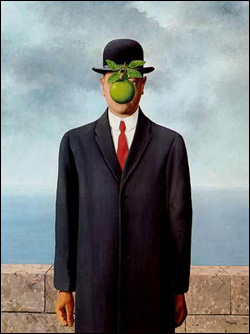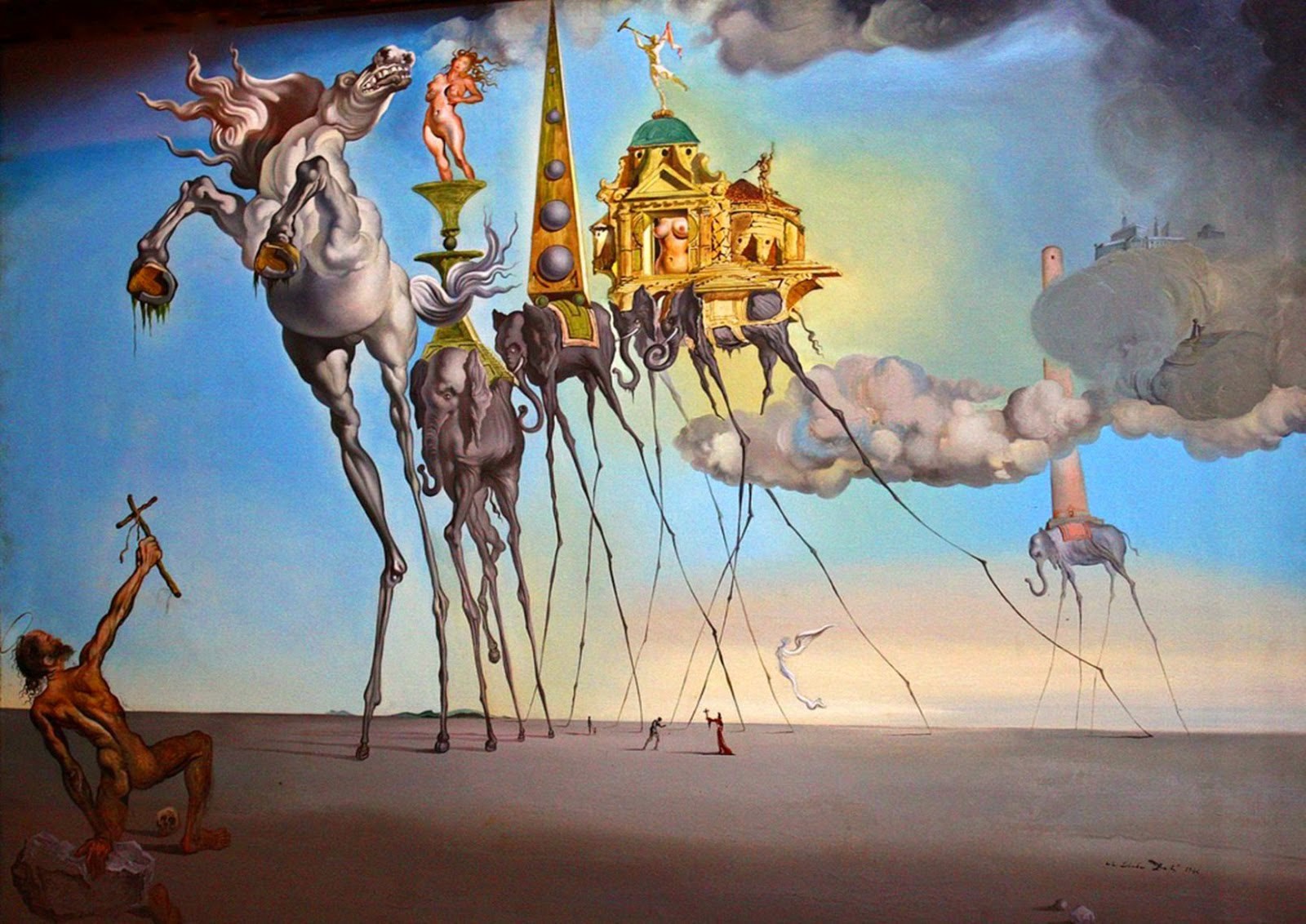
Mental Disorders and Surrealism: A Different Perspective

The connection between the surrealist art movement and mental disorders is not unknown in the academic world. Several experts argue that the understanding of mental disorders rests on various aspects of surrealist concepts. In other words, the concepts that apply in the surrealist art movement can broaden our understanding of mental disorders. Flora [1] in her article Surrealism and madness suggests that there are some 'remarkable moments' in the work of three surrealist artists that are important for understanding mental disorders in the light of surrealism. For her, André Breton questioned the relationship and distinction between what can be seen as normal and abnormal with his focus on fiction and hyper-realism; Salvador Dali broke through the limits of objectivity and subjectivity with his focus on surreal images and symbolic elements; and Nicolas Calas studied the social origins of mental disorders in the light of surrealistic understanding of individual freedom and will (power).
However, understanding surrealist art in the light of mental disorders is another matter. In other words, can the understanding of surrealist art be broadened with our understanding of mental disorders? I would argue that this may be the case. I focus on two elements to point out this connection. (1) The concrete-individualistic-personal experience of a mental disorder is a closed experience to which no one has access, and (2), the worldview of someone with a mental disorder is ‘untranslatable’.

(1) It is easy to judge someone's actions. There is a norm that has been exceeded, so there can be condemnation. However, this is too simple. The action being judged should not be ‘accepted as good’, instead, the complexity of that action should seriously be considered. In other words, the concrete-individualistic-personal experience of an action will be different and experienced differently by everyone. The transgression done by person x, for the sake of this argument, is not approved, but the understanding of that situation in terms of the “experience-by-person-x” is broadened. This concrete-individualistic-personal experience is important for understanding the surrealist art. The viewer or spectator of the artwork will be able to formulate possible meanings about what the artwork means but the concrete-individualistic-personal experience which the artist experienced at that moment of creation will be closed off to the public, even perhaps to the artist as well. This personal experience also cannot simply be 'translated'.
(2) One aspect which is sometimes used to determine whether a patient has a mental disorder is to determine whether the patient can 'translate' his/her experience of a problem. What this means in simple terms is that the patient can explain his/her immediate experience of the identified ‘problem’ in rational, logical, and coherent terms. If not, it can be further investigated whether the person is suffering from a mental disorder. However, this aspect is also important for understanding the surrealist art but also for the artists themselves. The image of someone who is locked up in his/her own mind can serve as an example. To the outside world the artist may appear genius or brilliant, but to the artist himself there is an internal struggle to be able to communicate with the people around him/her. The untranslatability of his/her own immediate situation can only be achieved by the arts, but this is mostly a shortcoming – precisely because in the modern (or postmodern) reading of art the artist no longer has access to the meaning/interpretation of the artwork. The medium of (surrealistic) art is thus incomplete and deficient for the artist to communicate.

I argue thus that the surreal art can be seen as a struggle by the artists to communicate something untranslatable. This struggle is worsened then by the artists being locked up in his/her own mind and using a medium from which meaning has been stripped away. Or that the artist cannot convey a meaning via the artwork anymore, burdens him/her even more. I think thus that the artwork can then be seen as a struggle which is equal to the struggle of the person with a mental disorder. From the outside it might look terrible for us to see the person/artist struggle, but this is an already interpreted meaning we place on the artwork, i.e., that the artwork is a struggle to communicate. I think this might be a new way to interpret the surreal work of art.
Endnotes
[1] Flora, Κ. 2017. Surrealism and madness. Psychiatrike = Psychiatriki, 28(4): 360-366.









Comments